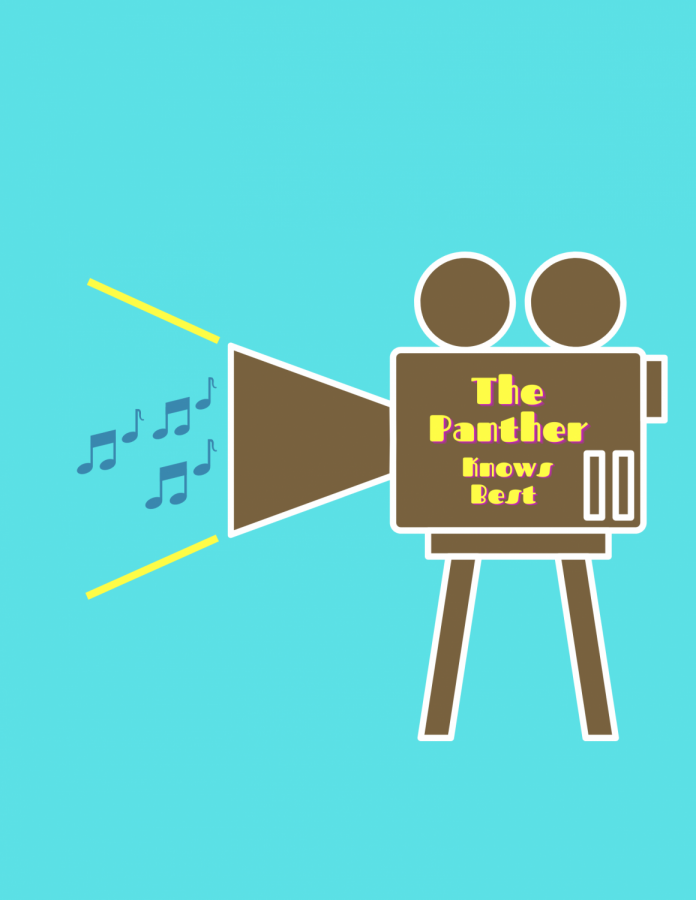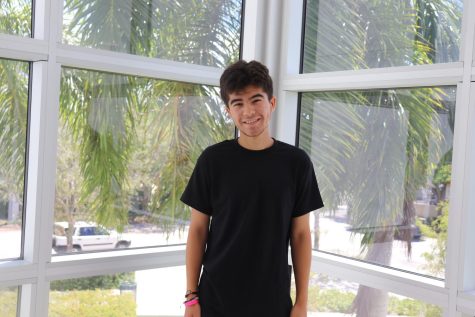The Panther Knows Best: “good kid, m.A.A.d City”: A Look Into the Adolescence of Kendrick Lamar
October 26, 2020
On Oct. 22, 2012, Kendrick Lamar Duckworth, also known as Kendrick Lamar or K-Dot, gave insight on his difficult life as a boy growing up in the gang-ridden streets of Compton.
Track by track, the album, “good kid, m.A.A.d City,” immerses listeners deep into Lamar’s experiences as he grows older and tougher due to his upbringing around unprecedented amounts of gang violence
The acronym “M.A.A.D” in the title of the album stands for “My Angry Adolescence Divided” and “My Angels on Angel Dust.”
Listeners observe grimy tones of voicemails and prayers through the album as Lamar begins the intro of the record, “Sherane a.k.a Master Splinter’s Daughter,” with a VCR recording of a group of men praying to God.
The character of Sherane was a real love interest for Lamar, yet the rapper changed her name for the sake of the album.
The beat of the song, produced by Tha Bizness, uses many different samples and textures in order to convey the track’s eerie message. Sherane and Kendrick develop a relationship throughout the course of the song. The track ending with a voicemail that tells K-Dot to be aware of the dangerous influence that Sherane may be due to her family’s history of gang involvement.
The second and third tracks tell of Kendrick hanging out with friends and having a good time. The boys seek trouble and fun as Lamar freestyles about his luck with girls the whole third track.
My personal favorite song on the record, “The Art of Peer Pressure,” demonstrates Lamar’s storytelling ability better than any of the other tracks. The first minute of the song combines high pitched drums and piano chords to create an upbeat production. At the one minute, six second mark, a synth begins to play and the story of the track takes a crucial turn.
As Lamar and his friends’ desire for mischief intensifies, the group breaks into a house in search of electronics, such as TVs and Nintendo games. Soon, the boys realize they are not alone in the house and make a getaway.
The recurring message within the track which Lamar emphasizes in his lyric, “me and the homies,” expresses the peer pressure present in the group.
Another song, “Money Trees,” features the character of Sherane as Lamar tells his friends about his experience with her.
The track continues and explains the current state of Compton, proclaiming that money can not buy the reconciliation that Lamar seeks after the death of his uncle due to gang violence.
The most notable feature of the album showcases Drake on the track “Poetic Justice.” The track’s title alludes to the 1993 film “Poetic Justice” featuring Tupac Shakur and Janet Jackson. The film takes place in Compton, the home of Lamar, and remains the focus throughout “GOOD KID M.A.A.D CITY.”
Tracks “good kid” and “m.A.A.d city” communicate the feeling of Lamar being part of a system that feels impossible to escape. Lamar cites the lack of a good education system and a lack of education within the home with the lyrics “mass hallucination baby, ill education baby.” This shows the desire for something greater than Compton’s reality-or instance, education.
The amazing lyrical ability shown time and time again appears once more in the track “Swimming Pools (Drank).” Lamar uses the “swimming pool” as a metaphor towards the overindulgence of alcohol that he witnessed throughout his childhood.
Lamar said to Genius in a 2012 interview, “I wanted to do something that’s universal to everybody but still true to myself.”
In the longest track on the record, with a run time of 12:04, “Sing About Me, I’m Dying of Thirst,” Lamar brings in the point of view of two people trying to survive in Compton.
One of the points of view describes someone taken over by vengeance, rapping, “when I ride it is a murderous rhythm.” The other side of the track tells of a girl engaging in sex work on the streets in order to survive.
The final tracks close off the album with the recurring themes of violence, drugs and adolescence. The Dr. Dre features on the track “Compton” shows pride within the city of Compton.
Broken down and tested by Compton time and time again, Lamar still praises the city for its culture and for molding him into the artist and man he is today.








